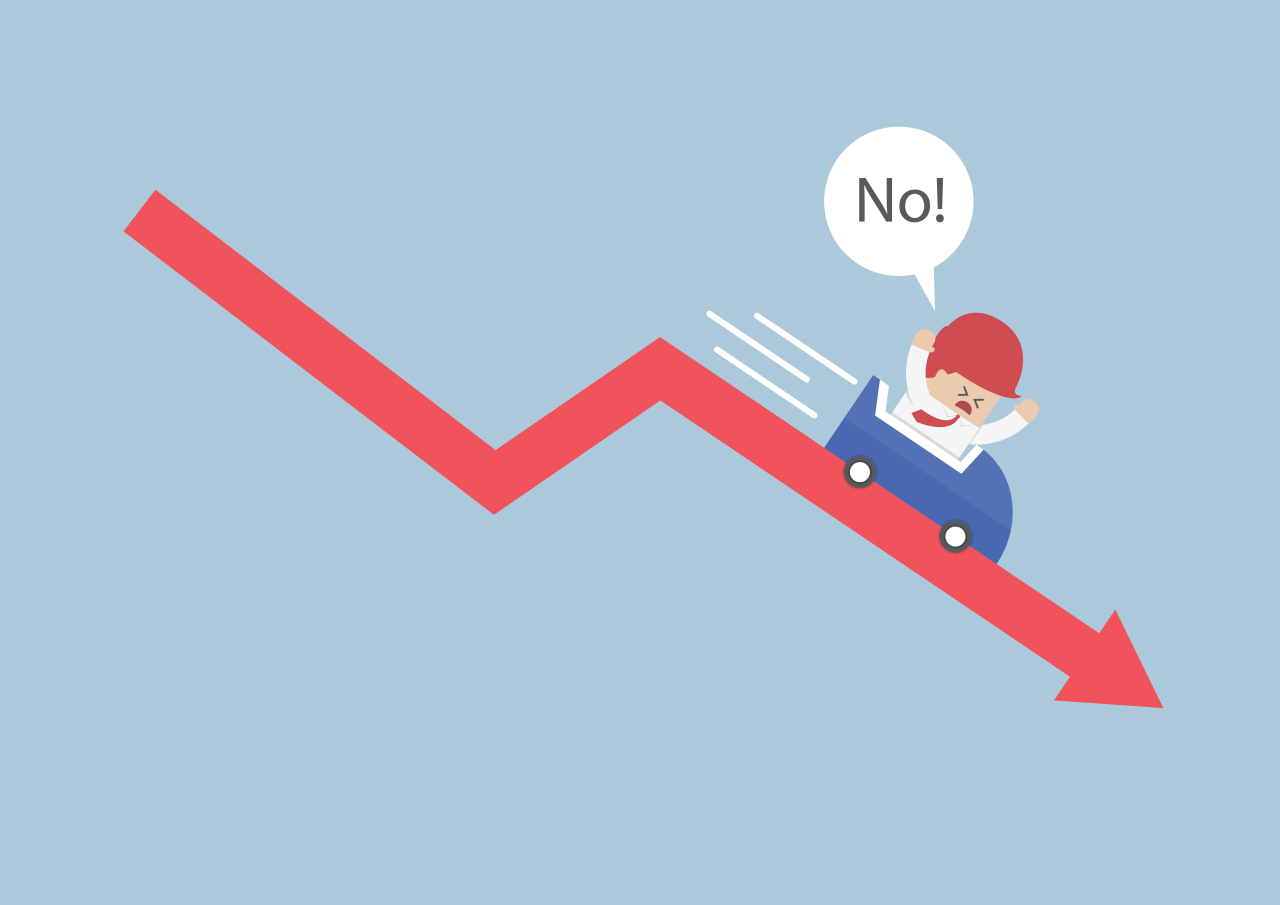 |
(123rf) |
The South Korean won breached the key psychological threshold of 1,300 won per US dollar, weakening to 1,340.2 won before closing at 1,339.8 won in onshore trading Monday -- a new low in 13 years prompted by a hawkish outlook on a US Federal Reserve’s rate hike in September.
The 1,300 mark -- last crossed in April 2009 in the wake of the global financial crisis before June 2022 when it was touched again -- is considered a red flag for the economy. The benchmark Kospi lost 1.21 percent, or 30.19 points, to 2,462.5, from Friday’s close of 2,492.69.
Last week, St. Louis Fed President James Bullard, one of the earliest advocates for a strong response to inflation, said he was leaning toward a third rate hike of 75 basis points, after June and July increases, noting he backs taking the Fed’s rate to a range of 3.75-4 percent by year-end.
San Francisco Fed President Mary Daly described a rate hike of either 50 or 75 basis points as reasonable, though he added more data on inflation and employment is needed to determine the pace of the hike at the Sept. 20-21 meeting.
The divergence in interest rates between the US and Korea -- whose rate is not expected to top 3 percent by year-end, falling short of that of the Fed’s range -- is seen as prompting investors to flee for higher yields from the dollar, complicating the economic woes facing Asia’s fourth-largest economy.
The weakening won raises the competitiveness of Korean exporters, but it would deal a blow to the overall economy as higher costs of energy imports would offset gains in exports. Korea, which heavily relies on outside energy supplies like oil, has already seen the trend take place in recent months.
The depreciating currency is also a headache for households, who may have to refinance their budget to blunt a surge in food import costs, and for officials at the Bank of Korea, who would be emboldened to raise borrowing costs higher to tame runaway prices.
The central bank, which backed its biggest single rate hike of 50 basis points last month, has said increases would continue until prices are brought down. Thursday marks the first of three board meetings left for the year, each in October and November.
Meanwhile, policymakers are racing to come up with solutions to prop up the export-led economy, but measures so far have seemingly revealed few signs of the economy recovering its growth momentum anytime soon, as uncertainties involving higher prices still loom large.
The government expects inflation to peak early in the fourth quarter at the soonest, having slashed its growth forecast for 2022 and 2023. But economic chiefs have downplayed concerns over stagflation, a coupling of low growth and high prices.
For one, the central bank governor dismissed the possibility, saying the gross domestic product for the second quarter surpassed the bank’s expectation. An abrupt downturn was not something Korea should be immediately prepared for, according to the bank.
But analysts predict a slowdown in business activity in coming months, as the central bank tightens policy to fight soaring prices.
“Look at the inflation. The bank would have to raise the rate Thursday,” said Sung Tae-yoon, an economics professor at Yonsei University. “The divergence in the two rates -- Korea and the US -- is another concern. The bank can’t afford to let that go on for too long.”
By Choi Si-young (
siyoungchoi@heraldcorp.com)




![[Weekender] Korea's traditional sauce culture gains global recognition](http://res.heraldm.com/phpwas/restmb_idxmake.php?idx=644&simg=/content/image/2024/11/21/20241121050153_0.jpg)



